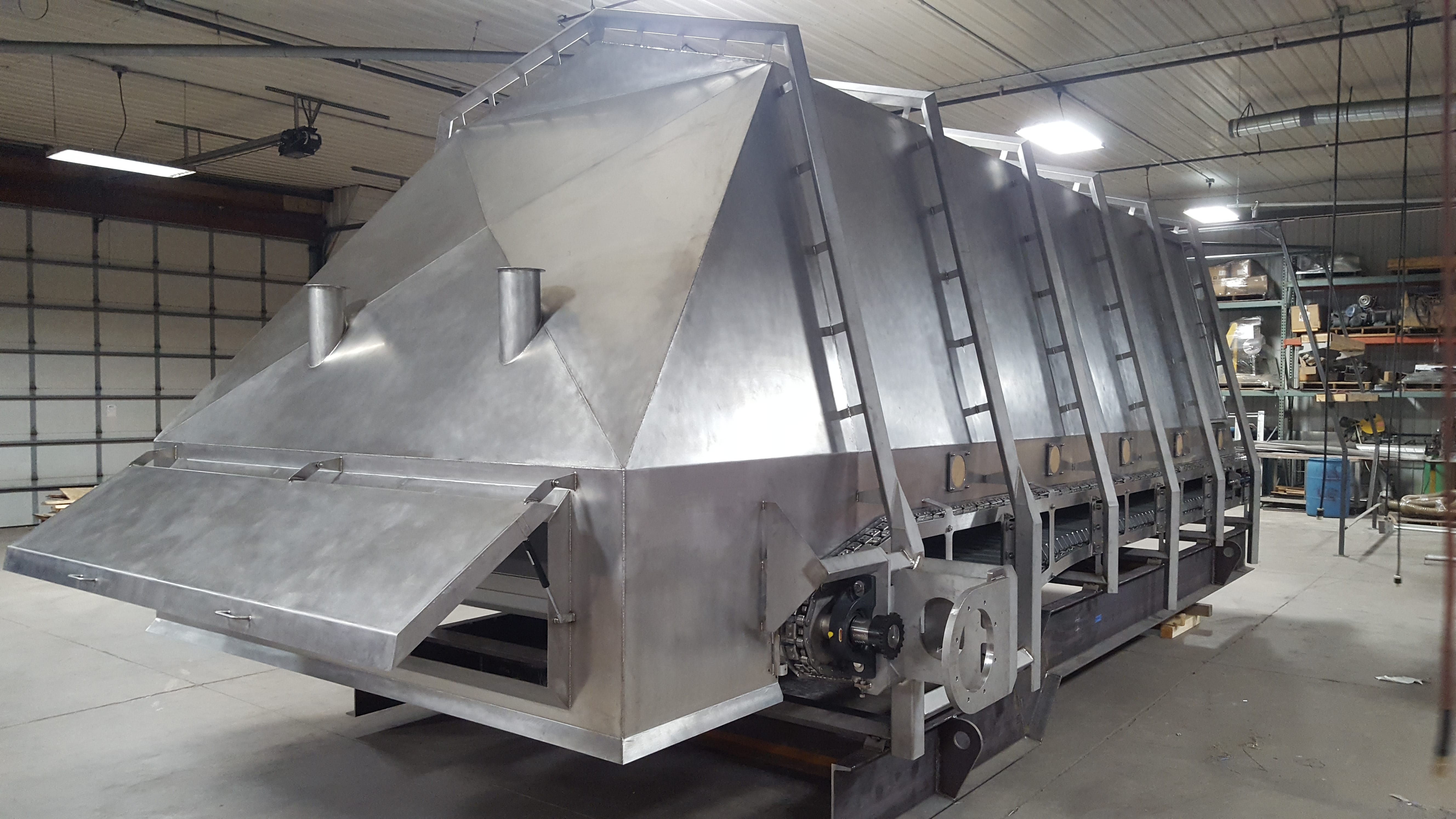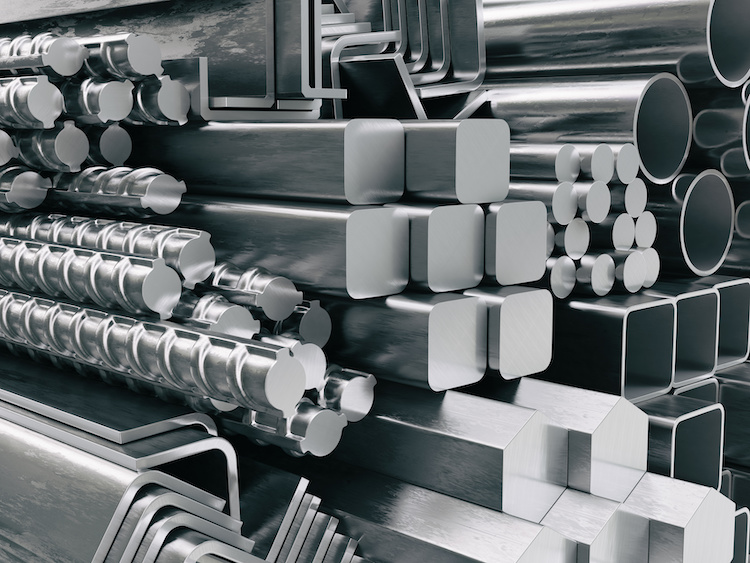Reputable Steel Fixing Solutions: Making Sure Structural Stability
Reputable Steel Fixing Solutions: Making Sure Structural Stability
Blog Article
Innovative Fads in Steel Manufacture: Enhancing Durability and Accuracy
In the realm of steel construction, the pursuit of sturdiness and precision has led to a wave of innovative fads that are improving the industry. From developments in welding technologies to the combination of robot automation in manufacture processes, the landscape of steel manufacturing is evolving rapidly. High-strength alloy advancement, coupled with the use of 3D modeling and simulation software, is pressing the borders of what is achievable in regards to architectural honesty and accuracy. Moreover, the growing focus on lasting practices in steel production is not just driving effectiveness but also promoting an extra eco aware method to construction. These fads are not just shaping today however additionally laying the groundwork for the future of steel manufacture, guaranteeing more improvements in resilience and precision.
Advanced Welding Technologies
In the world of steel fabrication, the adoption of advanced welding modern technologies has substantially reinvented the sector's method to attaining remarkable quality and precision in architectural welds. Advanced welding technologies, such as laser beam of light welding and friction stir welding, have arised as game-changers in the field. By leveraging these sophisticated welding techniques, steel fabricators can elevate the durability, strength, and precision of their structural welds, fulfilling the increasingly demanding needs of modern-day building jobs.
Robotic Automation in Fabrication
Accepting robotic automation has become a cornerstone of contemporary steel fabrication methods, improving procedures and boosting performance throughout the market. Robots are transforming the way steel elements are produced, offering exceptional accuracy and speed while minimizing human error. These automated systems can handle repetitive tasks with constant accuracy, leading to higher quality output.
One secret benefit of robotic automation in steel construction is the capability to work all the time without tiredness, substantially boosting manufacturing output. This continual operation decreases downtime and accelerates task timelines, eventually saving expenses for suppliers. Furthermore, robotics can be configured to perform detailed tasks that might be tough or harmful for human workers, improving safety and security in the office.
Furthermore, robotic automation allows smooth integration with other digital innovations, such as computer-aided layout (CAD) software application and Web of Things (IoT) systems (steel fabrication melbourne). This interconnected technique improves interaction between different phases of construction, optimizing operations and making sure real-time tracking and control. As the steel fabrication industry proceeds to progress, robot automation stands out as a transformative force driving effectiveness and precision in making processes

High-Strength Alloy Growth
The advancement of high-strength alloy advancement in steel manufacture is improving the sector's approach to boosting material resilience and efficiency. High-strength alloys are engineered to exhibit exceptional mechanical residential or commercial properties, such as increased tensile strength, toughness, and deterioration resistance compared to traditional steel qualities. By incorporating these advanced alloys right into fabrication procedures, manufacturers can produce components that withstand higher stress levels and severe settings, bring about even more trusted and long lasting final product.
One secret advantage of high-strength alloy advancement is the ability to minimize product density without jeopardizing structural integrity. This not just leads to lighter-weight parts however also contributes to set you back savings and enhanced performance in fabrication and assembly procedures. The improved strength-to-weight ratio of these alloys permits for the design and building and construction of frameworks with greater load-bearing capabilities while decreasing general weight.
3D Modeling and Simulation Software Program
Developments in steel construction procedures have been dramatically thrust by the combination of innovative 3D modeling and simulation software application tools. These tools allow makers to produce in-depth online models of their projects, enabling them to visualize the last item with precision prior to any type of physical work begins.

Lasting Practices in Steel Manufacturing
Integrating sustainable practices into steel production procedures is crucial for decreasing ecological effect and guaranteeing lasting source schedule. One vital sustainable practice is the fostering of energy-efficient innovations to decrease greenhouse gas emissions throughout the steel manufacturing process. This consists of using renewable resource sources, such as solar or wind power, to power steel plants and executing energy-efficient equipment to enhance energy usage.
An additional navigate to this website important element of lasting steel production is the accountable sourcing of raw products. This entails ensuring that the iron ore and other sources utilized in steelmaking are gotten from moral and eco-friendly sources. By advertising transparency in useful site the supply chain and sticking to rigorous ecological criteria, steel manufacturers can lessen the adverse impacts of source removal on local environments and communities.

Final Thought
Finally, the innovative fads in steel fabrication such as innovative welding innovations, robot automation, high-strength alloy growth, 3D modeling and simulation software program, and lasting practices are boosting the longevity and precision of steel products. These advancements are revolutionizing the steel construction industry by enhancing top quality, effectiveness, and sustainability. It is clear that the future of steel manufacture hinges on embracing these cutting-edge modern technologies to fulfill the needs of contemporary construction and this article manufacturing sectors.
In the world of steel fabrication, the pursuit of longevity and accuracy has led to a wave of innovative trends that are improving the industry.In the world of steel manufacture, the fostering of innovative welding technologies has actually substantially reinvented the market's technique to attaining superior high quality and accuracy in structural welds. As the steel construction industry proceeds to evolve, robot automation stands out as a transformative pressure driving efficiency and precision in making procedures.
Furthermore, recycling and reusing steel scrap and waste products play a substantial role in improving the sustainability of steel production. Alpha reo.In conclusion, the innovative fads in steel construction such as sophisticated welding modern technologies, robot automation, high-strength alloy development, 3D modeling and simulation software program, and sustainable practices are improving the toughness and precision of steel products
Report this page